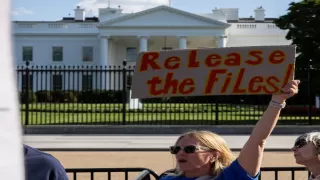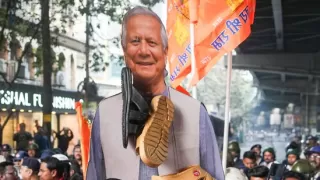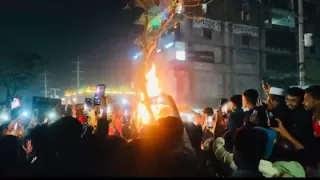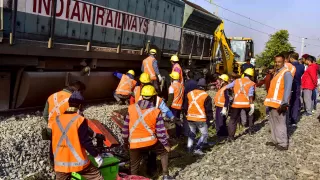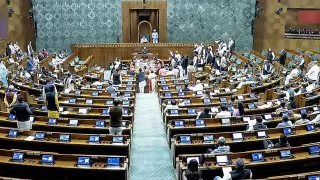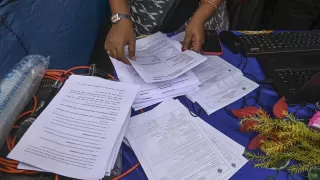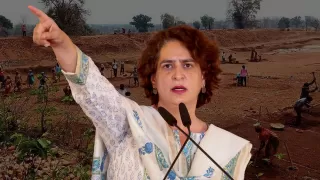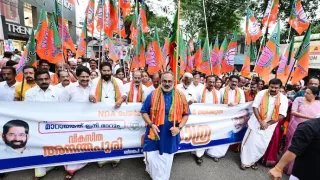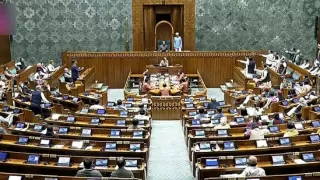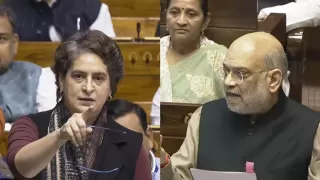The final phase of Bihar elections is set to unfold as voters prepare to cast their votes in 122 constituencies, completing the democratic exercise across the state. This phase assumes heightened significance amid the backdrop of caste dynamics, political rivalries, and the impending transition in leadership. With longstanding chief minister Nitish Kumar leading the ruling NDA, political observers are keenly watching whether the BJP can consolidate its influence and challenge the traditional Mandal vote base, or if the Mahagathbandhan under Tejashwi Yadav will thwart this attempt and retain its hold in the state.
In previous phases, Bihar witnessed a record turnout of over 65 percent, signaling active voter engagement and the electorate’s desire for tangible change. Nitish Kumar, despite his age and years in office, remains a central figure in the NDA campaign, while Tejashwi Yadav has leveraged the potential post-Nitish vacuum to energize the Mahagathbandhan’s base. The political narrative is further complicated by the entry of Prashant Kishor’s Jan Suraaj Party, appealing to the youth and urban middle-class voters, though its ultimate impact on Bihar's caste-driven political equations remains uncertain.
The high-stakes battle between the NDA and Mahagathbandhan has turned the last phase into a closely watched contest, with both camps leaving no stone unturned to secure victories. The BJP, backed by strategic oversight from Union Home Minister Amit Shah, is making a concerted push to gain supremacy over the Mandal heartland, while internal frictions within the NDA and the Mahagathbandhan's efforts to retain influence add layers of complexity to the electoral landscape.
Leadership Dynamics and Alliance Tensions
Nitish Kumar’s enduring presence in Bihar politics continues to shape voter sentiment and alliance strategies. Despite two decades in power, the 74-year-old chief minister remains the focal point for the NDA, and the speculation around a potential post-Nitish transition has intensified the contest. Amit Shah’s active involvement in the campaign and remarks about the selection of the next NDA chief minister stirred unease within the JDU, highlighting subtle tensions within the ruling alliance.
JDU leaders have indicated that the backward caste vote, a traditional stronghold, did not uniformly transfer to BJP candidates in certain constituencies, underscoring the delicate balance within the alliance. Nitish’s absence from Prime Minister Modi’s rallies in the final leg of the campaign has also been interpreted as a strategic signal of friction, signaling that alliance cohesion could influence the final outcomes in critical constituencies.
Tejashwi Yadav and Mahagathbandhan Strategy
Tejashwi Yadav, the Mahagathbandhan’s chief ministerial face, has actively campaigned to portray the BJP and its leadership as outsiders seeking to dominate Bihar’s political space. The looming leadership vacuum post-Nitish Kumar has been leveraged to energize the Mahagathbandhan base, particularly among backward castes and youth voters. Yadav has also raised concerns about potential electoral malpractices, citing deployment of security personnel from BJP-ruled states and warning against collusion with election authorities.
The Mahagathbandhan’s strategy focuses on consolidating caste support while appealing to voters seeking development-oriented governance. This dual approach aims to challenge the BJP’s aggressive campaign and ensure that regional political dynamics are not overshadowed by national party interventions. The RJD leader’s vocal campaign and heightened scrutiny of election processes have become key talking points as the final voting phase approaches.
Jan Suraaj Party and Youth Engagement
Adding another layer to the Bihar electoral landscape is Prashant Kishor’s Jan Suraaj Party, which has tapped into the aspirations of the state’s youth and urban voters. Drawing parallels with the Aam Aadmi Party’s rise in Delhi, Jan Suraaj focuses on governance, transparency, and youth-centric development policies. While its presence introduces a new alternative for voters, the party faces challenges in breaking through Bihar’s entrenched caste-driven political system.
The party’s campaign emphasizes accountability, policy-driven engagement, and participatory governance. By targeting first-time voters and urban constituencies, Jan Suraaj hopes to create a credible space in Bihar’s political arena, potentially influencing the outcome in constituencies where traditional loyalties are less entrenched.
Implications for Bihar’s Political Future
The outcome of the last phase of voting will significantly shape the state’s political future. A strong performance by the BJP could redefine the NDA’s internal balance, potentially allowing the party to assert greater influence over the JDU’s traditional strongholds. Conversely, if Nitish Kumar retains his sway, the JDU may outperform the BJP within the alliance, maintaining its dominance over Bihar’s backward caste electorate.
The elections also carry broader implications for governance, development priorities, and the strategic positioning of national parties in regional politics. With the counting of votes scheduled for November 14, attention remains firmly on Bihar as the final phase promises a high-stakes contest that could determine the direction of the state’s political landscape for years to come.
Conclusion
As Bihar approaches the conclusion of its electoral process, all eyes are on the 122 constituencies participating in the last phase of voting. The battle between the NDA and Mahagathbandhan reflects deeper social, caste, and political currents, with leadership transitions, alliance dynamics, and emerging parties adding to the complexity. Whether the BJP can surpass the JDU or Nitish Kumar maintains his enduring influence, the final phase of polling is set to be a decisive moment that will shape Bihar’s political narrative and governance trajectory.
Also Read: Pakistan’s 27th Amendment Sparks Protests Nationwide








